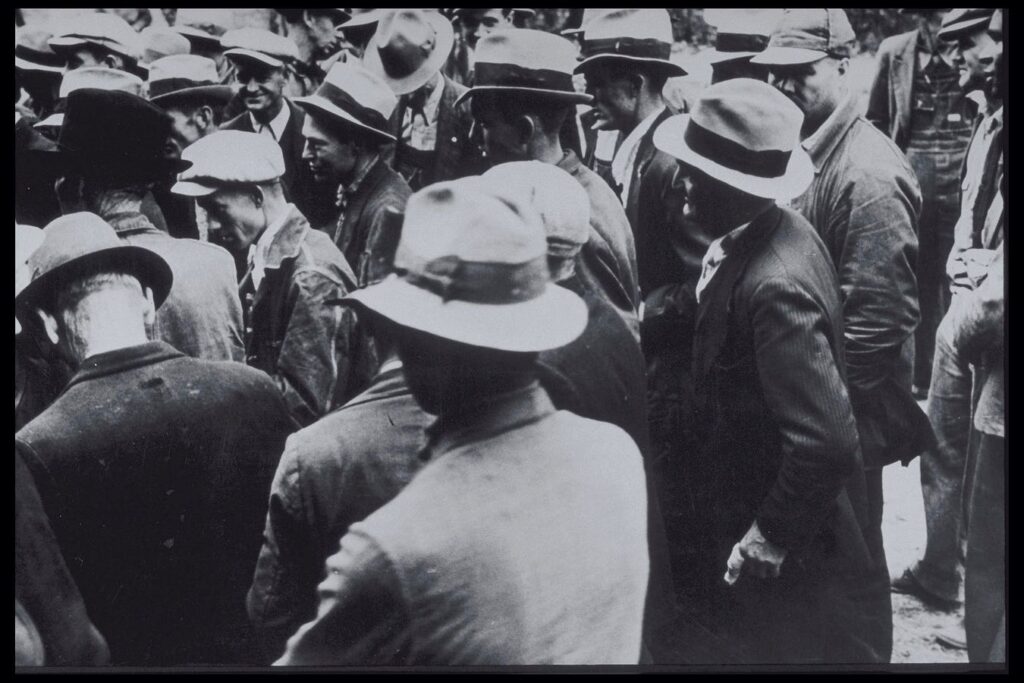The Trump administration’s trade policies have been a defining feature of its economic strategy, with tariffs playing a central role. These measures aim to protect domestic industries and reduce trade deficits but often lead to ripple effects across global supply chains.
For startups dealing with physical goods, understanding the implications of a tariff-driven trade environment is essential to navigating both challenges and opportunities. Here’s a quick surface-level overview of a few important things to keep in mind as a startup founder.
1. Lessons From History
One historic example of tariffs shaping an industry is the Smoot-Hawley Tariff Act of 1930 in the United States. Passed during the Great Depression, this act raised U.S. tariffs on over 20,000 imported goods to historically high levels. It aimed to protect American farmers and manufacturers from foreign competition during a period of economic crisis.
The act was initially designed to shield U.S. farmers who were struggling with falling prices and surplus production. By imposing high tariffs on agricultural imports, it sought to create a more favorable environment for domestic producers.
While agriculture was the primary focus, the tariff also significantly impacted the textile industry. The act imposed heavy tariffs on imported wool, cotton fabrics, and finished textiles, reducing competition from European and Asian manufacturers. U.S.-based textile manufacturers saw temporary relief and growth due to reduced competition. This period saw an increase in domestic production capacity and investment in the textile sector.
However, the long-term consequences were mixed – other countries retaliated by imposing their own tariffs on U.S. goods, which led to a collapse in international trade. For example, U.S. farmers, who relied on exporting crops, were severely affected when foreign markets were closed off.
In other words, tariffs reshape the environment and provide threats and opportunities for different stakeholders and industries.
You might even be forced to pivot and choose a different market for your startup. Fortunately, startups are defined by their flexibility, which means they are better positioned to adjust to the changing economic environment compared to large corporations.
2. Adapt Your Supply Chain
Tariffs increase the cost of imported goods by imposing additional taxes on them. For startups that rely on imported materials, components, or finished products, this can lead to higher costs.
For example, if a startup imports electronic components for manufacturing a consumer device, a 25% tariff on those components can significantly increase production costs. This might force the startup to either absorb the additional cost, reduce profit margins, or pass it on to customers, potentially reducing its price competitiveness in its target market.
One way to navigate tariffs is to reconfigure supply chains. Startups can explore sourcing materials from non-tariffed countries or consider nearshoring and reshoring production to mitigate risks associated with international trade.
For instance, a startup previously sourcing textiles from China might switch to suppliers in Vietnam or Bangladesh, which may not be subject to the same tariffs. Alternatively, if the domestic market offers competitive manufacturing options, reshoring can reduce exposure to tariffs and even align with incentives promoting local production.
3. Monitor Opportunities For Growth In Protected Sectors
While tariffs create challenges, they can also generate opportunities for startups in industries that the government seeks to protect. By shielding domestic producers from foreign competition, tariffs may create room for local startups to thrive.
For example, U.S.-based manufacturers of solar panels saw opportunities to capture market share following tariffs on imported panels. Startups in protected industries can leverage this advantage by focusing on domestic markets and targeting government contracts or subsidies aimed at fostering local innovation.
4. Prepare For International Market Reactions
Tariffs often provoke retaliatory measures from other countries, leading to trade wars. This can impact startups by disrupting global trade flows and altering market dynamics.
Consider a U.S. agricultural startup looking to expand into international markets. Retaliatory tariffs imposed by other countries on U.S. goods could reduce the startup’s competitiveness abroad. Startups should stay informed about trade disputes and consider diversifying markets to avoid overreliance on any single region. Exploring partnerships or joint ventures with foreign companies could also help mitigate risks.
5. Explore Strategic Partnerships
Large, established companies often have supply chains optimized for cost efficiency, including strategies for mitigating tariffs. These companies may already have duty-free sourcing arrangements, utilize free trade zones, or leverage tariff exemptions through trade agreements. Partnering with such firms allows startups to tap into these advantages without having to build their own infrastructure from scratch.
For example, a food-tech startup importing specialty ingredients could collaborate with a major distributor that has warehousing in free trade zones. The distributor handles the import process efficiently, allowing the startup to access the goods at lower costs than importing independently.
In cases where tariffs make it difficult to export to specific markets, startups can form alliances with companies in the target region. By producing goods locally or utilizing the partner’s distribution networks, startups can reduce or eliminate export tariffs. This is particularly useful for startups aiming to scale globally without the burden of high trade barriers.
Read the full article here


